- EN
- DE
The online journal bauhaus-imaginista.org is home to details of the research processes and results of bauhaus imaginista. It reflects on issues before and after the events and exhibitions of bauhaus imaginista and deepens insights gained through a network of collaborators and international researchers. The online journal relates to the artists commissioned for and around the events and exhibitions, as well as publishing reports by local correspondents.
The platform bauhaus-imaginista.org is a continuously growing resource, a “work in progress”, divided into four conceptual editions (Corresponding With, Learning From, Moving Away and Still Undead), which are filled with research texts and materials, videos, photos and artists’ pages and documentation about exhibitions, workshops and symposia held in the cities of Rabat, Hangzhou, New York, Kyoto and Tokyo, Moscow, São Paulo, Lagos, New Delhi and Gandhinagar in 2018, Berlin, Berne and Nottingham in 2019, and Istanbul in 2020. → more
bauhaus-imaginista.org ist das Online-Journal des Projekts bauhaus imaginista, seines Forschungsprozesses und seiner Ergebnisse. Es spiegelt Fragen und Aspekte, die in den Veranstaltungen und Ausstellungen aufgeworfen werden, und vertieft neue Erkenntnisse, gewonnen durch ein Netzwerk von Wissenschaftler*innen und Kooperationspartner*innen. Das Online-Journal berichtet darüber hinaus über die Arbeiten, die von den für bauhaus imaginista beauftragten Künstler*innen während der Veranstaltungen und für die Ausstellungen entwickelt wurden, und veröffentlicht Reportagen der Korrespondent*innen vor Ort.
bauhaus-imaginista.org ist eine kontinuierlich wachsende Website, ein „work in progress“. Vier Editionen (Corresponding With, Learning From, Moving Away, Still Undead) sind mit aktuellen wissenschaftlichen Beiträgen, Videos, Fotos und Künstlerseiten sowie Dokumentationen der Ausstellungen, Workshops und Symposien in Rabat, Hangzhou, New York City, Kyoto und Tokio, Moskau, São Paulo, Lagos, Neu-Delhi und Gandhinagar im Jahr 2018 und in Berlin, Bern und Nottingham 2019 sowie in Istanbul 2020 bestückt. Im Verlauf dieses Prozesses ist die Website zum Materialfundus und Wissenspool des Projektes herangewachsen. → more
- EN
- DE

When Marion von Osten invited more than fifty people from Brazil, Canada, China, Chile, Great Britain, Nigeria, India, Israel, and the United States—a transnational group of artists, curators, architects, historians, activists, authors, editors, project managers, translators, members of the Goethe-Institut and Bauhaus researchers—to stand with her and co-curator Grant Watson onstage at the opening ceremony of the exhibition bauhaus imaginista at Haus der Kulturen der Welt in March 2019, it was a scene that symbolized the way she worked and the kind of person she was. → more
Es sind mehr als fünfzig Personen, die Marion von Osten im März 2019 zur Eröffnung der Ausstellung bauhaus imaginista zu ihr und Co-Kurator Grant Watson auf die große Bühne des HKW Berlin bittet: aus Brasilien, China, Chile, Kanada, Nigeria, Großbritannien, Indien, Israel und den USA – eine transnationale Gemeinschaft von Künstler*innen, Kurator*innen, Architekt*innen, von Historiker*innen, von Aktivist*innen, Autor*innen, von Projektmanager*innen, Übersetzer*innen, Goethe-Institutsangehörigen und Bauhausforscher*innen. Es ist eine Szene, die so sehr für die Arbeitsweise und den Mensch Marion von Osten steht. → more
- EN
- DE
The film collected recordings presents an overview of the exhibition and event project bauhaus imaginista. It includes footage from Rabat, Hangzhou, New York, Kyoto, Moscow, Sao Paulo, Lagos, New Delhi and Berlin in 2018 and 2019.
A film by Silke Briel











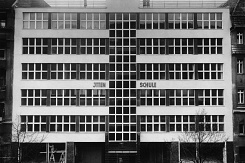

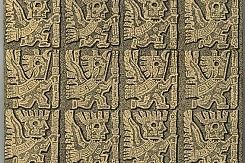

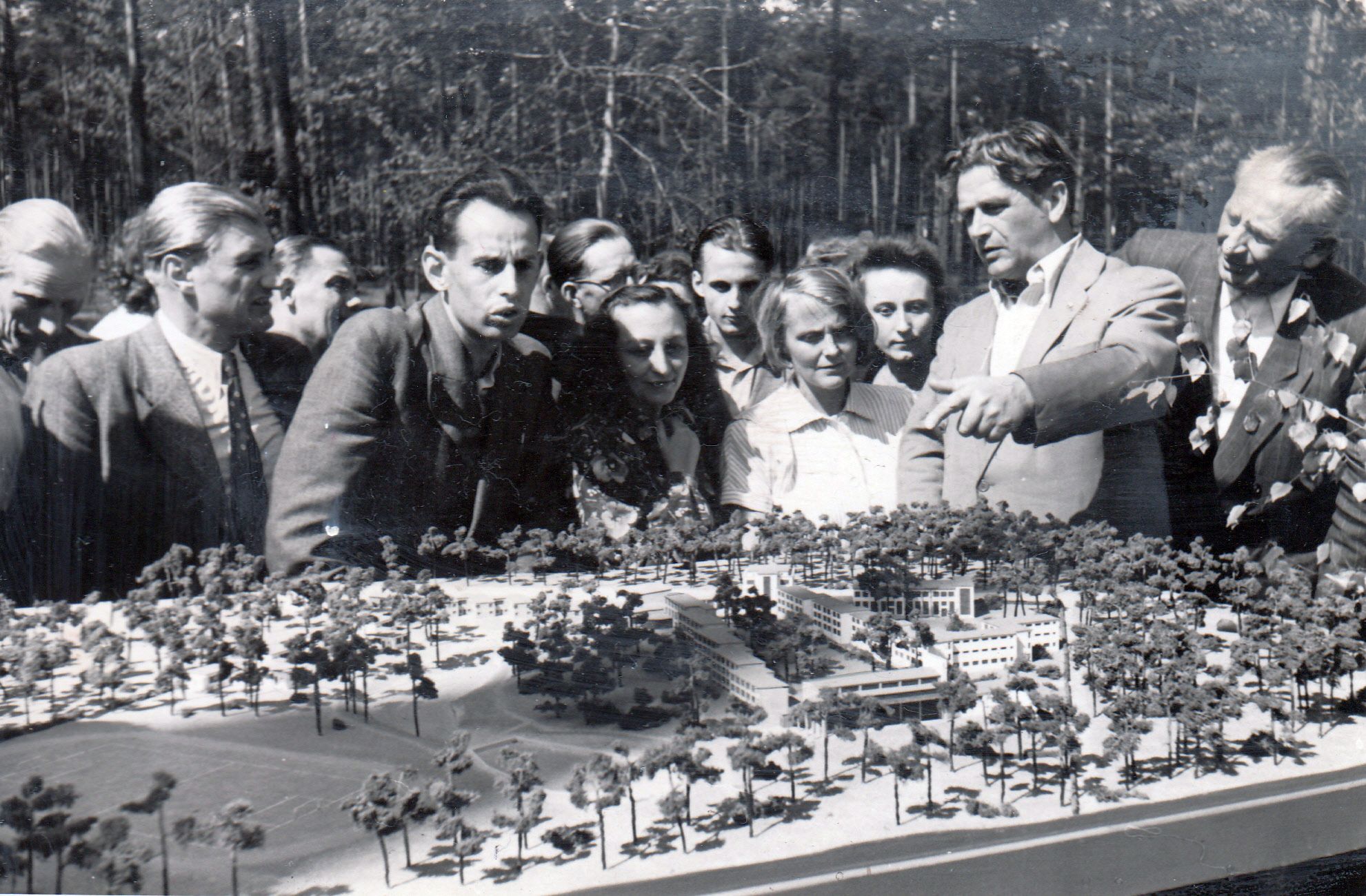

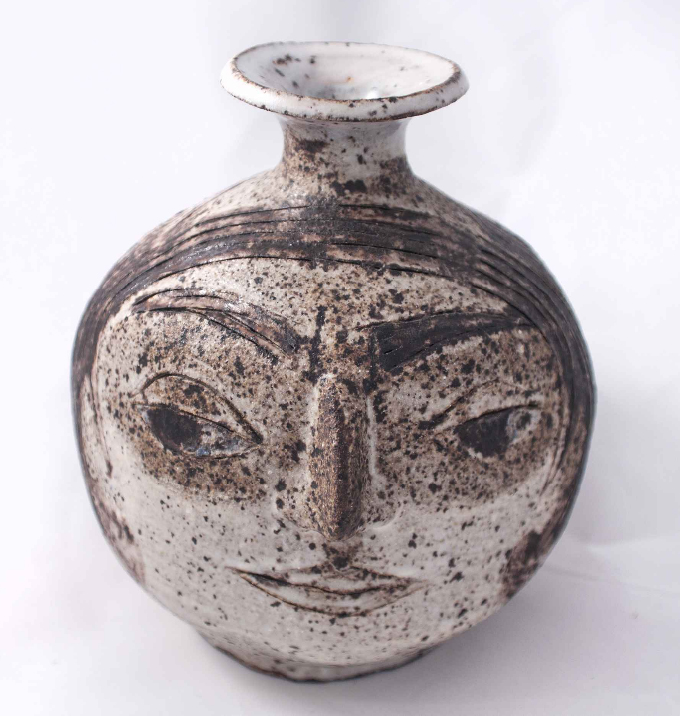








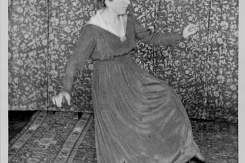




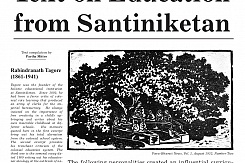



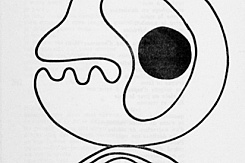

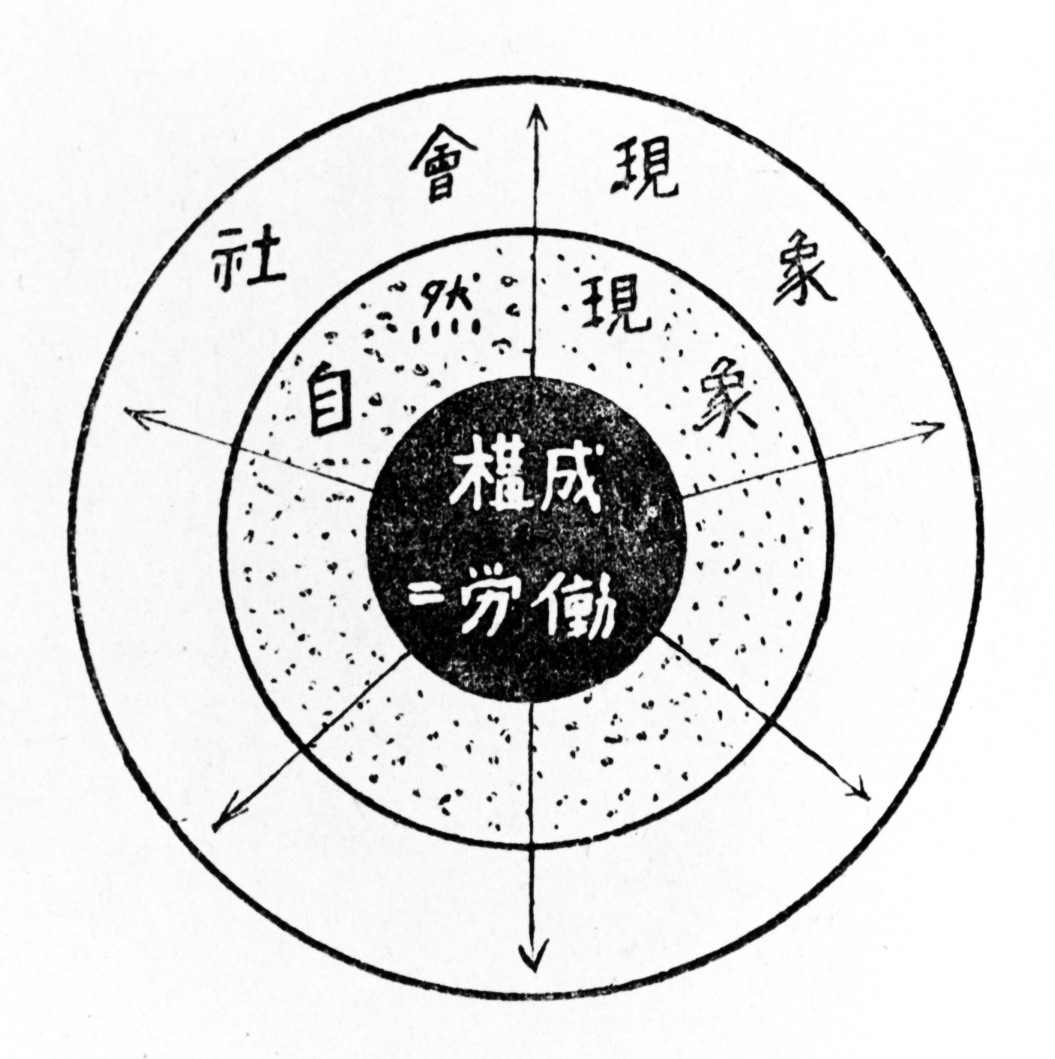




Performance theorist Rustom Bharucha delivers a lecture on his unique research into the friendship between the Indian poet and Japanese curator.
programme/events/performing-asia-the-affective-affinities-of-rabindranath-tagore-and-okakura-tenshin/
Exhibition booklet from the exhibition The Bauhaus in Calcutta. An Encounter of the Cosmopolitan Avant-garde, Bauhaus Dessau Foundation, 2013.
Begeleitheft zur Ausstellung Das Bauhaus in Kalkutta. Eine Begegnung kosmopolitischer Avantgarden, Stiftung Bauhaus Dessau, 2013.
from: The Visva-Bharati Quarterly, April 1923, pp. 69–75.
from: Regina Bittner & Kathrin Rhomberg (eds.): The Bauhaus in Calcutta. An Encounter of the Cosmopolitan Avant-Garde, Edition Bauhasus 36, Hatje Cantz, Ostfildern 2013, pp. 117–133.
in: Tom Holert & Marion von Osten (Hg.): Das Erziehungsbild. Zur visuellen Kultur des Pädagogischen, Schlebrügge.Editor, Wien 2010, S. 106–130.
R. Siva Kumar, Santiniketan - The Making of a Contextual Modernism, National Gallery of Modern Art, New Delhi 1997.
Essay by Tagore denouncing nationalism
from: Regina Bittner & Kathrin Rhomberg (eds.): The Bauhaus in Calcutta. An Encounter of the Cosmopolitan Avant-Garde, Edition Bauhaus 36, Hatje Cantz, Ostfildern 2013, pp. 100–107.
from: Visva Bharati News, 1932–33.
in: Schweizer Ingenieur und Architekt, Vol. 41, No. 118, 2000. Mit freundlicher Genehmigung des Autors.
from: Kokusai Kenchiku, No. 12, 1932, pp. 465–469. Bauhaus-Archiv Berlin, © Yamawaki Iwao & Michiko Archives.
from: Shuttle-Craft Bulletin, March 1941.
from: Black Mountain College Bulletin, No. 5, 1938.
Publié dans: Maghreb Art, 1966.
Courtesy of Mohammed Melehi and Toni Maraini.
Publié dans: Integral, No. 12–13, 1978.
Courtesy of Toni Maraini.
Publié dans: Souffles, No. 7–8, 1967.
Courtesy of Abdellatif Laâbi.
Part I. from: Shuttle-Craft Bulletin, 1957.
Part II from: Shuttle-Craft Bulletin, 1957.
from: Black Mountain College Bulletin, Vol. 6, No. 4, May 1948. Reproduced with permission of North Carolina Department of Natural and Cultural Resources.
Oral history interview, 2004 February 3 and March 11.
from: Denise Y. Arnold & Elvira Espejo: The Andean Science of Weaving, Thames & Hudson Ltd. London 2015, pp. 18–44.
in: HARTS & Minds: The Journal of Humanities and Arts, Vol. 2, No. 3, Issue 7, 2016.
Courtesy of Ariel and Yael Aloni.
From: Shanay Jhaveri (ed.): Western Artists and India: Creative Inspirations in Art and Design, The Shoestring Publisher, 2013.
Courtesy Shanay Jhaveri and The Shoestring Publisher.
from: GHI Bulletin Supplement 2.
In: R E D Sonderheft „bauhaus“, Nr. 5/1930.
from: S. Balaram: Thinking Design, National Institute of Design (NID), 1998.
from: International Journal of Architectural Research, Archnet-IJAR, Vol. 10, No. 3, November 2016, © Archnet-IJAR, International Journal of Architectural Research.
Preparation and Failure (1928–1933)
Courtesy Thomas Flierl.
In: bauhaus. zeitschrift für gestaltung, No. 2, 1931.
"The Development of the Bauhaus Weaving Workshop", translation of an excerpted version.
from: Architektúra & Urbanizmus, Vol. LI, No. 1–2, 2017, p. 94–105.
from: Haus der Kulturen der Welt: Wohnungsfrage. Hannes Meyer Co-op Interieur, Spector Books, Leipzig 2015, p. 1–5.
from: Haus der Kulturen der Welt: Wohnungsfrage. Hannes Meyer Co-op Interieur, Spector Books, Leipzig 2015, p. 27–32.
in: Wissenschaftliche Zeitschrift der Hochschule für Architektur und Bauwesen Weimar, 32. Jg., 1986, Reihe: A, No. 4.
first published in Seminar Magazine, July 2014. Courtesy of Nancy Adajania.
in: Maske & Kothurn. bauhaus & film (Thomas Tode), Band 57, Heft 1-2, 2013, S. 141–156.
from: Modernism/modernity, Vol. 22, No. 1, January 2015, pp. 23–55.
from: New German Critique, Vol. 36, No. 2, Summer 2009, pp. 89-131.
from: Criticism, Vol. 56, No. 3, Fall 2014, pp. 457–479.
from: Cristina Pratas Cruzeiro, (Ed.) Migrations. Migration Processes and Artistic Practices in a Time of War: From the 20th Century to the Present. Belas-artes, Lisbon, pp. 271–289.
from: The Pleasure of Light. Gyorgy Kepes and Frank Malina at the Intersection of Science and Art, Ludwig Museum, Budapest 2010, pp. 34–52.
in: Sonja Neef (ed.), An Bord der Bauhaus. Zur Heimatlosigkeit der Moderne, transcript Verlag, Bielefeld 2009, pp. 153–165.



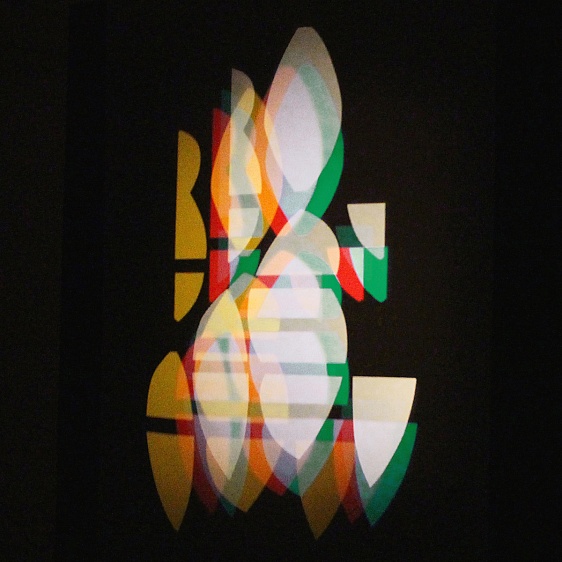

 Kopie.jpg?w=245&h=163&c=1)
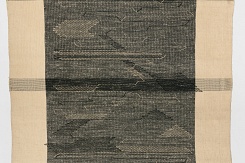

































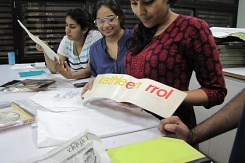






.jpg?w=245&h=163&c=1)


















.jpg?w=245&h=163&c=1)




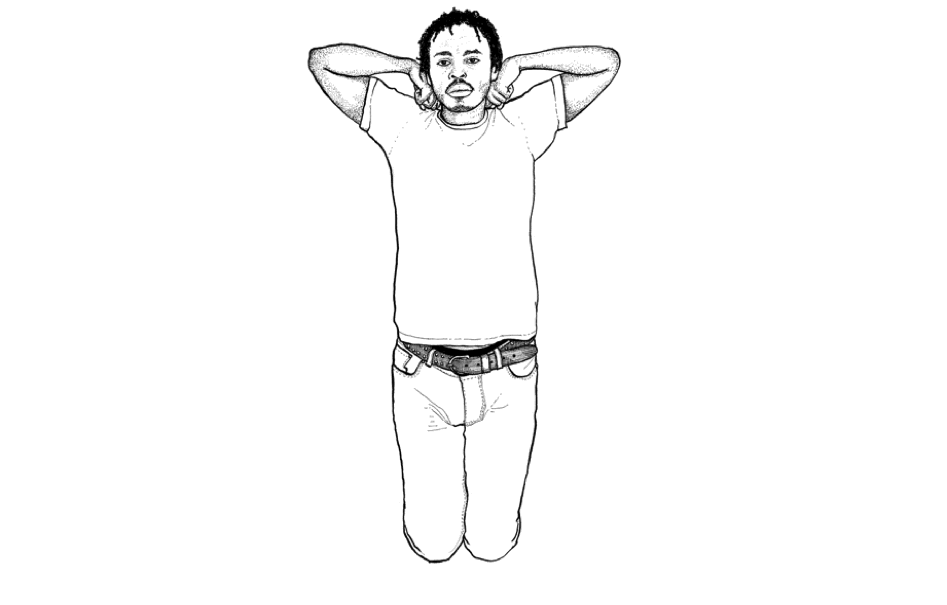






_crop.jpg?w=245&h=163&c=1)





















